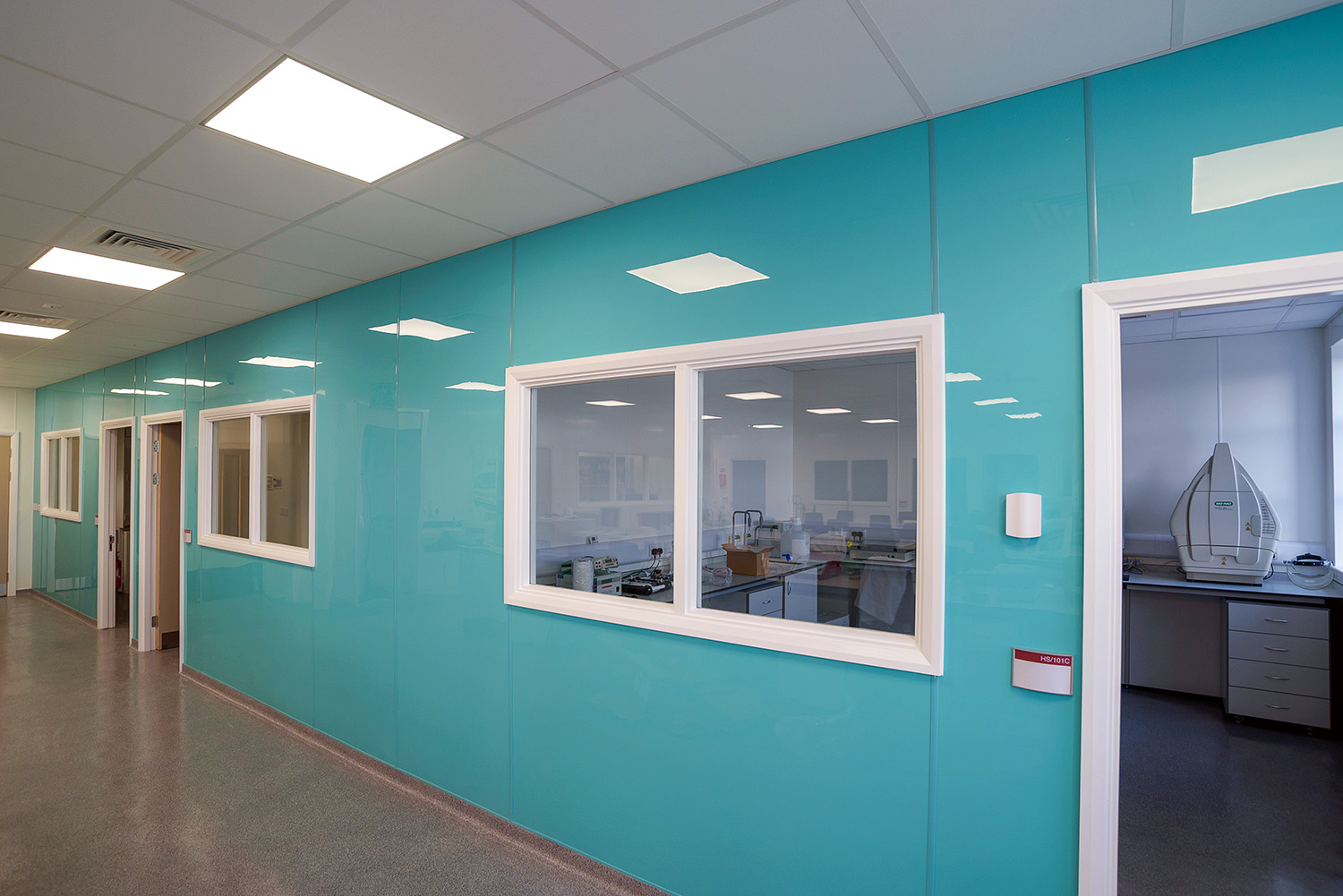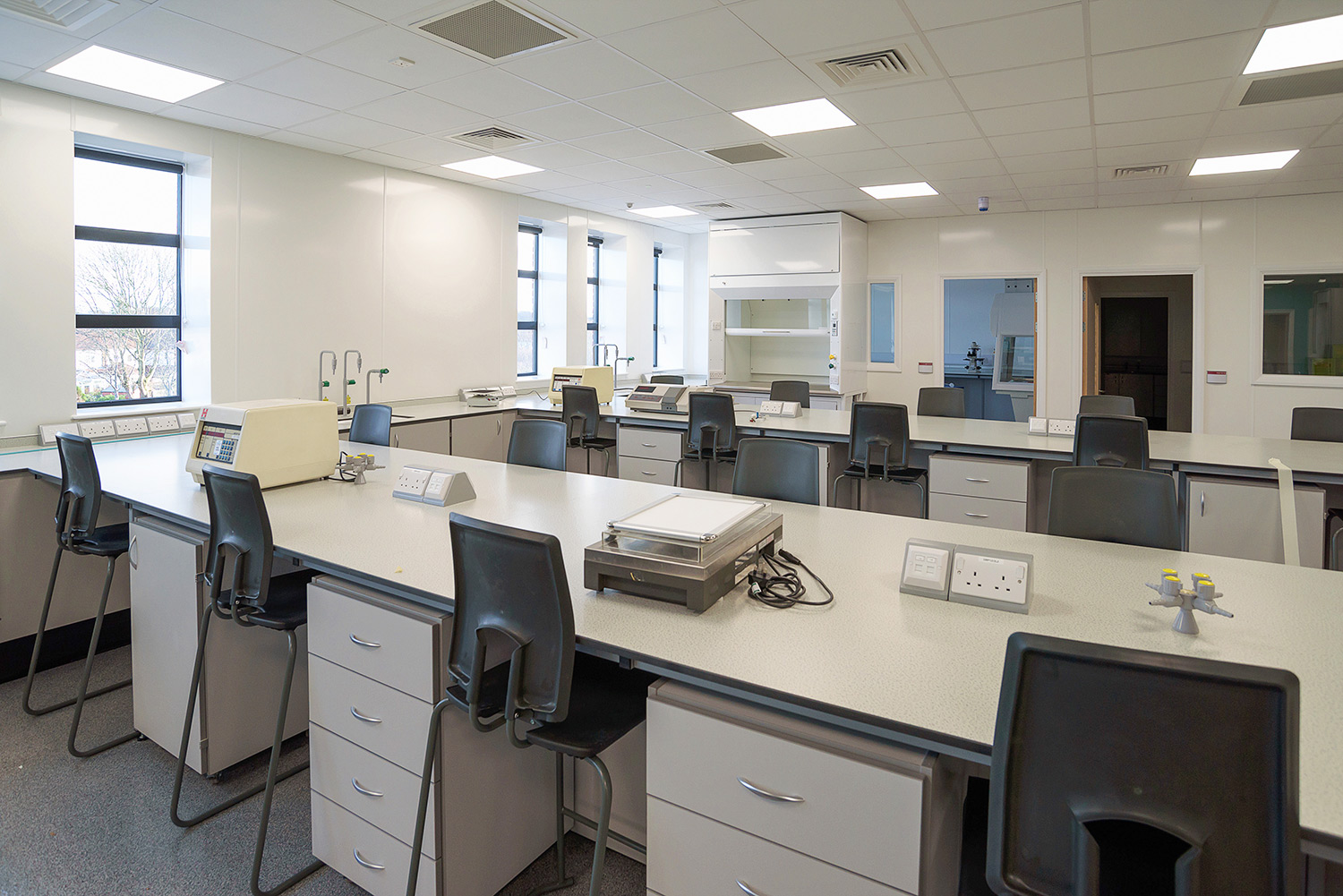SCIENCE, TECHNOLOGY, ENGINEERING, AND MATHEMATICS (STEM)
Encouraging students to work in future technologies and scientific advancement
The UK has a long and prosperous history of leadership and innovation in Science, Technology, Engineering and Maths. Our future success as an influential country with a skilled workforce depends on our continuing ability to demonstrate sustainable growth in STEM fields.
The public and private sectors, academia, and industry are working together to better engage the general public in science and technology and attract the best home-grown and international talent to train as innovators in future STEM industries.
To design the high-tech and complex buildings necessary for teaching STEM subjects, we apply valuable skills acquired from working across the academic, commercial, and industrial sectors for many years. We have a detailed knowledge of the space requirements and energy-efficient building specifications needed to future-proof the design of bespoke training spaces, specialised science labs, intuitive classrooms, and adaptable workshops teaching all aspects of science and technology.
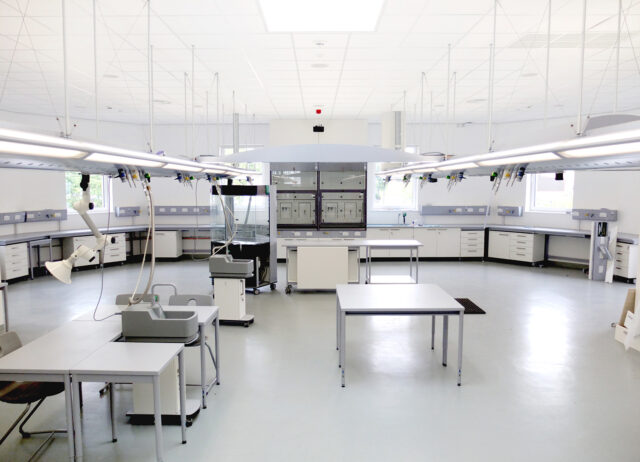
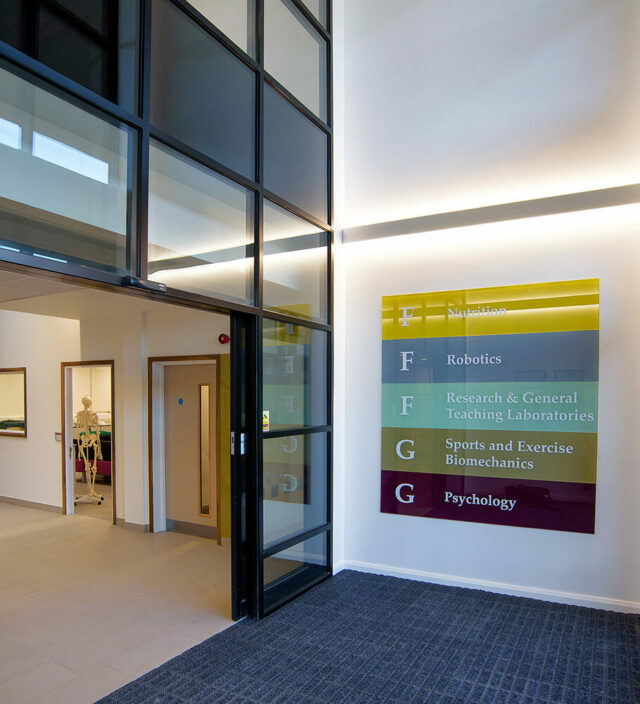
“It has been applauded by all who use the space and is a good
testament to engaging with users and delivering a final product
which has exceeded their expectations. We have found their
approach to design to be inspirational and thoughtful.”
Director of Estates & Facilities – University of Bradford
UNIVERSITY OF BRADFORD – STEM BUILDING
An inspirational teacher-training facility, this building’s high-quality laboratories equip trainees with the skills necessary to inspire the next generation of scientists.
To fulfil the University’s ambition for a low-energy building, we adopted a Fabric First approach and worked to the Passivhaus standard. This design guidance sets challenging, A-rated energy performance benchmarks that exceed Building Regulations for air changes and space heating/cooling demands. The thermally efficient shell eliminates thermal bridging and minimises heat loss and air leakage. As the first education building in the UK to achieve all three accolades of BREEAM Outstanding, the AECB Silver Standard, and Passivhaus, it advocates promoting a sustainable design approach to educational buildings.
The project strengthened the University’s relationship with the local community. Its incredible success benefited from collaborative working, inventive design, and innovative materials with low-embodied energy.
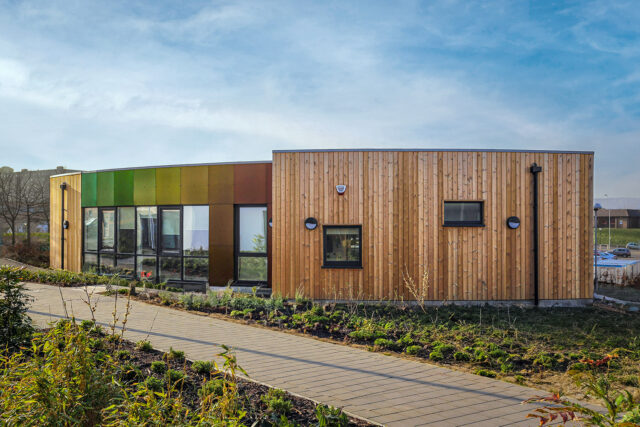
UNIVERSITY OF LEEDS – BRAGG INTEGRATED WORKSHOP
The project created a combined workshop for the schools of physics and mechanical engineering, an overlap of curriculum courses that includes electronic engineering, a unique mix within the HE sector.
The 3 teaching and research workshops were built as a mezzanine space above the existing mechanical workshop within the grade two listed mechanical engineering building. The complex and intricate intervention required careful planning and attention to detail and was delivered within a live working environment.
Acting as Lead Consultant the design and technical information was managed and coordinated in a live BIM environment, tackling key coordination issues during the technical development stage of the project, and limiting their impact on site.
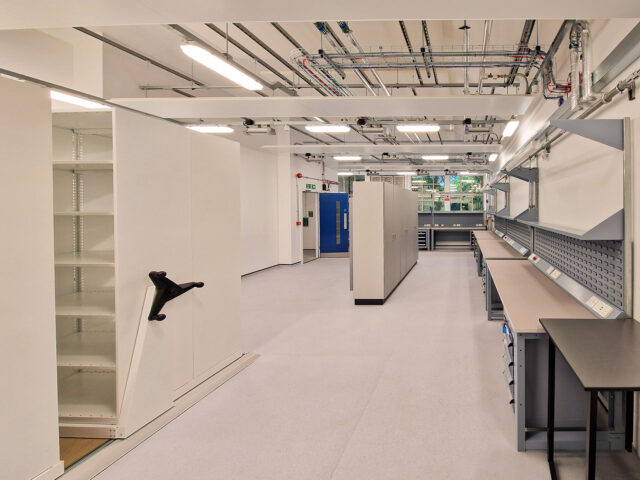
LIVERPOOL HOPE UNIVERSITY – THE SCHOOL OF HEALTH & SOCIAL SCIENCES
The remodelling and refurbishment of this 5,000sq.m building on the Hope Park Campus brings together interdisciplinary scientific researchers in nutrition, genomics, cell biology, psychology, sport, and exercise.
During Phase One, extensive end-user engagement helped us successfully plan the reconfigured layout while retaining the building’s original external appearance. At ground floor, the facilities include a 25m sprint track with force meters and motion capture for bio-mechanical analysis; a phlebotics lab for blood sampling; treadmills and Bodpods for physiological analysis; a psychology lab for motor control capture and vision; colour labs; and cognitive and neuro-behaviour suites. At first floor, there are nutrition labs with food analysis and testing; two large bioscience and environmental science labs; and a suite of dedicated research labs. It achieved a BREEAM ‘Very Good’ rating. For Phase Two, we delivered the extension and refurbishment of the adjacent sports centre.
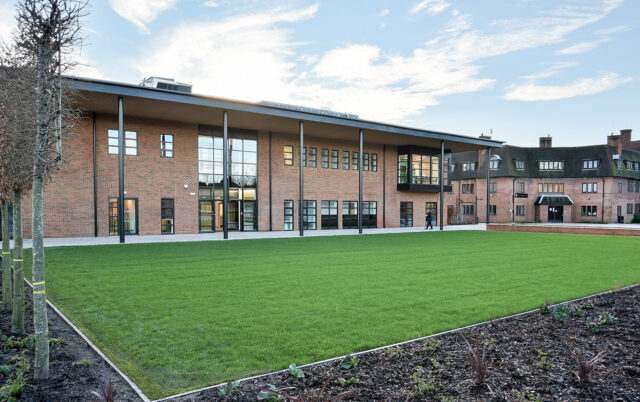
UNIVERSITY OF LEEDS – CLINICAL SKILLS, FACULTY OF MEDICINE & HEALTH
The faculty of medicine and health was split across several different buildings and geographic areas, leading to an inefficient use of the space and operation within each department. The brief was to consolidate the clinical skills, previously at Leeds General Infirmary and at Seacroft Hospital, into the Worsley Building, on the city centre campus. This centralised each department within the faculty.
The complex internal refurbishment programme within the heart of a live and busy university building included the conversion of existing administrative space into a series of specialist teaching simulation rooms, staff and technical offices, storage and ancillary support spaces. The teaching simulation rooms mirror a live ward environment, supporting the teaching and training of future health professionals.
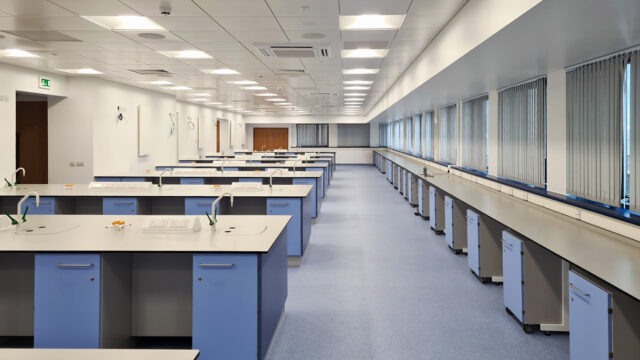
LEEDS BECKETT UNIVERSITY – CLINICAL SKILLS
A new Clinical Skills Training Suite and a Category 2 Biomedical Teaching Laboratory were delivered within the Portland & Calverley buildings of the existing City Campus. The project includes operational ‘mock’ wards and an immersive, interactive projection suite for training in different scenarios.
The complex nature of modern nursing and medical practice has required the School of Health to have the ability to teach in realistic ‘mock’ environments – mirroring the experience of working within a live hospital. The Clinical Skills suite was designed and delivered to provide ward, nurse station, and home environments to achieve this purpose.
The Biomedical Teaching Laboratory included areas for the preparation of samples, storage of chemicals, and a negative pressure environment to achieve the Category 2 classification.
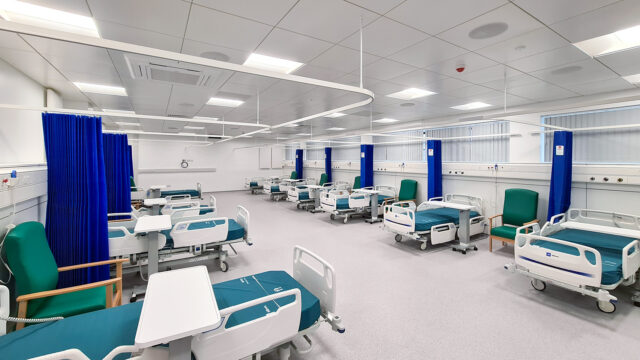
Newsletter
Lorem ipsum dolor sit amet, consectetur adipiscing elit. Mauris malesuada, mauris faucibus posuere lacinia, magna lorem consectetur nulla, quis sagittis justo nulla eu felis.
